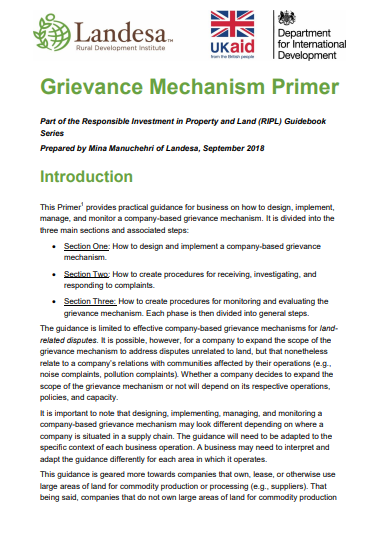Landscapes of deracialization : power, brokerage and place-making on a South African frontier
This thesis deals with the politicized struggles for land in South Africa’s Limpopo Province. With land having been an essential part of colonial and apartheid segregation policies and practice – with 87% of land appropriated by whites –, a land reform programme was imperative after the African National Congress came to power in 1994. One of the three branches of the land reform programme, land restitution, is a key focus of this thesis.





